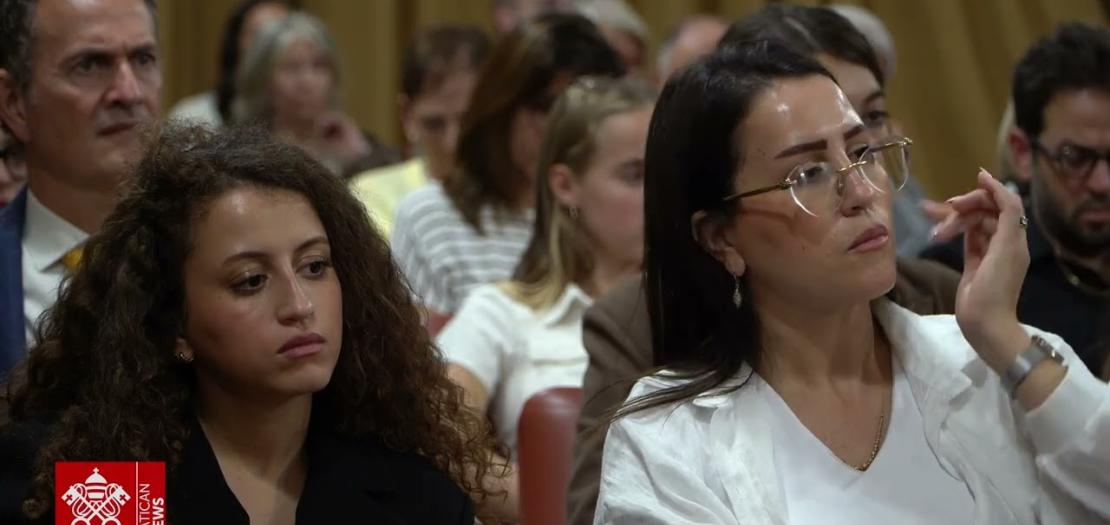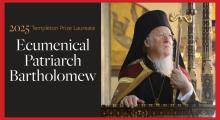Issued by the Catholic Center for Studies and Media - Jordan. Editor-in-chief Fr. Rif'at Bader - موقع أبونا abouna.org

“We have dreams, we have hopes. We are more than rebels. We are more than mere targets.” This appeal, voiced in the film “How Kids Roll” by a young girl from the Gaza Strip, resounds today as both an affirmation of existence and a warning to adults.
The film, directed by Loris Lai, and nominated for the 2025 David di Donatello Award for Best Directorial Debut, carries a powerful message of responsibility and hope, launched by children themselves who, in their innocence and purity, refuse to become one another’s enemies. On the contrary, they seek possible futures for living, through friendship.
“How Kids Roll” (original Italian title: “I bambini di Gaza – Sulla onde della libertà”, “The Children of Gaza – Riding the Waves of Freedom”) is therefore an appeal to fraternity that emerges from the example of the two main characters: Mahmud, a Palestinian boy from Gaza; and Alon, an Israeli boy living in a settlement. Their bond extended beyond filming, as both actors testified during a screening of the film on Thursday at the Vatican Film Library.
Set in Gaza in 2003, during the second intifada, the story follows two boys united by their passion for surfing, which allows them to find common ground despite the climate of hatred and hardship in which they live.
Yet violence remains ever present: lives continue to be lost, and the spiral of hatred never stops. Life is punctuated by games constantly interrupted by sirens warning of incoming bombs. In this climate of hatred, it is the children who teach adults the value of life and the strength of hope.
The children’s perspective
The film centers on the children’s point of view. “Kids, precisely because of their age, represent the future,” Lai explained, “They represent what could still improve in the future. Between Palestine and Israel, the situation has never been easy: now more than ever, it is a terrible situation.”
In this context, children are the ones who “reveal a third way.” “The Israeli boy in the film even asks his father a very simple question: ‘When will all this end?’ The father replies: ‘Perhaps when they are no longer here, or when we are no longer here.’ At that moment, the boy wonders why it is not possible to imagine a third option: coexistence.”
“The two boys manage, through sport – something pure – to break down barriers and reduce the divisions they are otherwise forced to live with,” Lai continued. “They show us the possibility of an alternative.”
The friendship portrayed in the film later became a reality, the director said. “At first, the two were a bit distant; they studied each other, observed one another, but were not open to the idea of friendship. After sharing the set and experiencing the extraordinary adventure of acting for the first time in a film, they managed to grow closer.”







